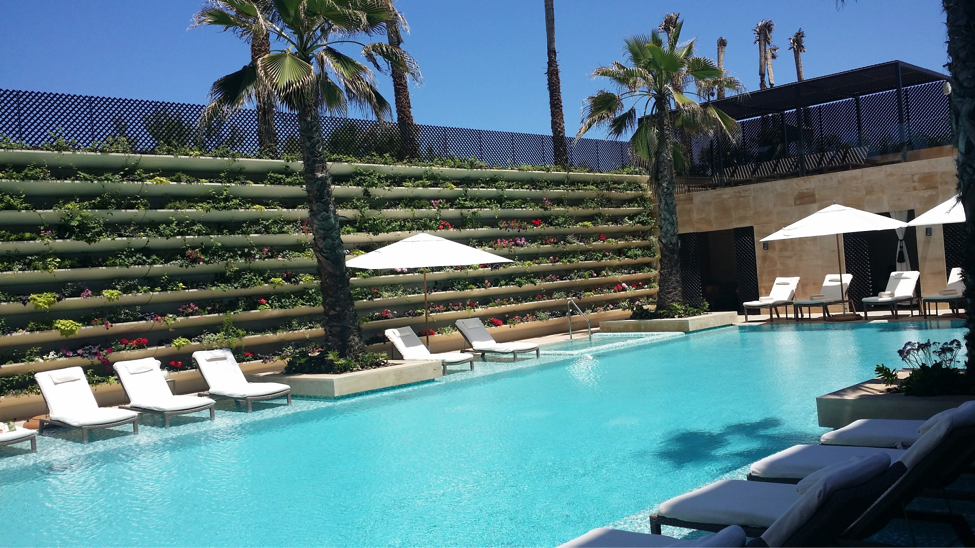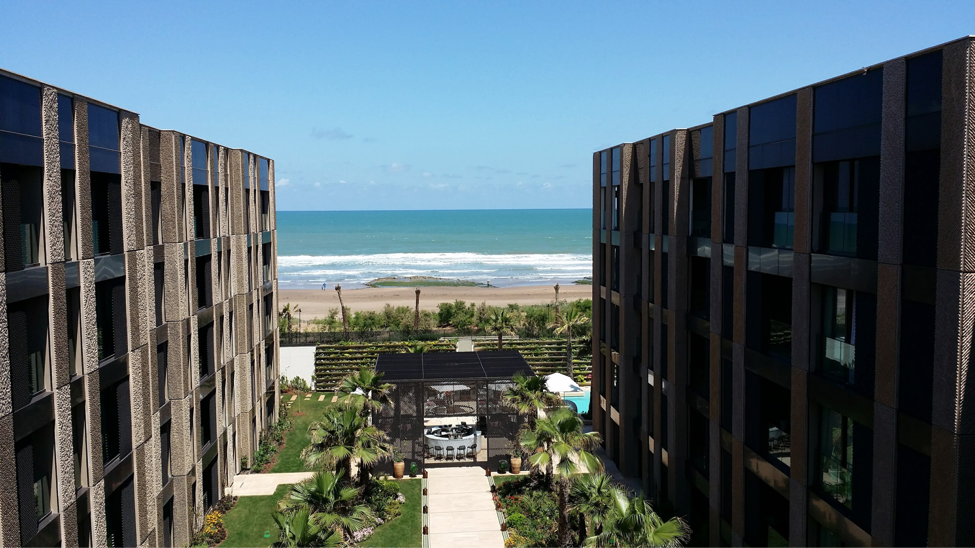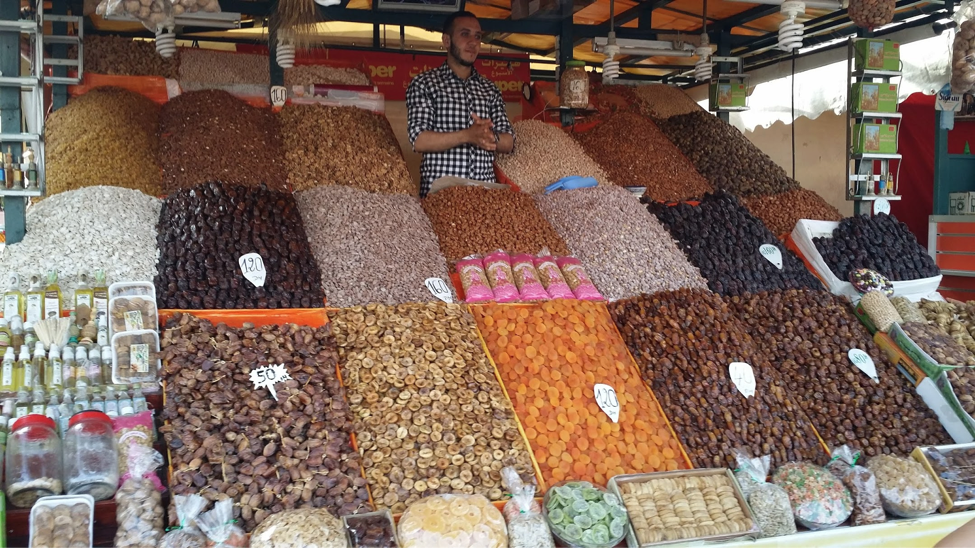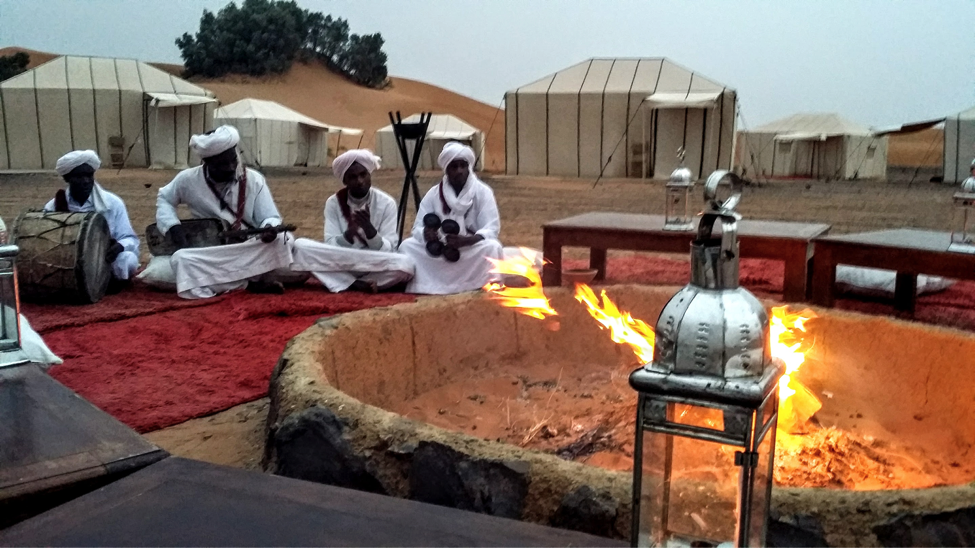Morocco is one of the world’s most romantic travel destinations. Travellers come to this crossroads between Europe, Africa and the Middle East for star-filled nights in desert oases, bustling markets filled with colors and spices, and ancient cities where indecipherable mazes of streets coexist happily with transcendent Islamic architecture.
But Morocco can also be a perplexing country to navigate, even for experienced travellers. The mix of Arabic, French, English and Berber in the streets are difficult to understand for foreigners who speak only one of those languages; marketplaces require extensive negotiations; and the back alleys of Marrakech can be harder to navigate than the dunes of the Sahara. That’s why I strongly recommend doing some research before your trip. With a bit of foreknowledge, you can make Morocco as relaxing as a dip in a desert oasis. Start with the tips below, and if you’d like to learn more, just send me an email.
Getting There:
From the United States, the only direct route to Morocco is Royal Air Maroc’s 787 Dreamliner service to Casablanca, which leaves from JFK and Washington Dulles. As Morocco is a transit hub for much of Africa, these flights are often very full of first-time fliers. Travelling through Europe takes a bit longer, but dozens of low-cost airlines fly to multiple destinations in Morocco through most major hubs.
Casablanca:
Capt. Louis Renault: What in heaven's name brought you to Casablanca?
Rick Blaine: My health. I came to Casablanca for the waters.
Capt. Louis Renault: The waters? What waters? We're in the desert.
Rick Blaine: I was misinformed.
-Casablanca
Casablanca is Morocco’s busiest and most modern city. I recommend staying here overnight to get your bearings and recover from jetlag. The Four Seasons Hotel is a beautiful, brand new property overlooking the beach. However, its glorious pool is a better bet than the turblent Atlantic Ocean for a refreshing swim.
Casablanca’s most famous attraction is the The King Hassan II Mosque. The third largest mosque in the world, it’s also one of the very few to allow non-Muslim visitors. Constructed in the 1980s, the mosque showcases the finest traditional Moroccan artistry. Non-Muslims should take the guided tours, which take place outside of prayer hours. As when visiting all religious institutions, please remember to dress modestly.
The Lost City of Volubis:
Volubis is one of the world’s most accessible ancient cities. Visitors can walk freely amongst the buildings and rooms with no interference from local authorities or trinket-sellers. To understand why this UNESCO heritage site is left so “pristine,” it’s necessary to understand a bit of Moroccan history and culture.
Morocco has been a crossroads of civilizations for millennia. It’s little wonder, then, that it attracted the attention of the Romans, who ruled in the second and third centuries. The Romans built their local capital, Volubis on a pre-existing Berber city. Even after the city fell to local tribes in 285, it remained inhabited for another 700 years before being swallowed up by the desert.
When the French took over in the 19th century, they began a massive program of archaeological excavations, intended to highlight Morocco’s connection with “European” civilization, and by extension, justify French rule. The present-day authorities, who draw their inspiration from Morocco’s Islamic and Middle Eastern cultural roots, are somewhat laissez-faire about the magnificent ruins left exposed by the French.
For the visitor, this attitude makes the lost city a magical place where it’s possible to stand right in the home of an ancient city-dweller.
The Souqs:
The traditional Moroccan market, or Souq, is the heart of Marrakech and Fez, Morocco’s most scenic cities. A souq visit is a full-day excursion, and can be somewhat overwhelming for a first-time visitor. Going with a guide is near-mandatory, especially in Fez, where the streets of the old city are too impossibly tangled for anyone except a local to understand. It’s best to book a guide through your hotel or tour operator. If you don’t, you will be besieged by offers from locals to be your guide for the day, for an undetermined fee.
Approach the souq with an empty bag and an open mind. Outrageous bargaining is part of the joy and the pain of the experience. When you find a shop you are interested in, graciously accept the offer of tea, as you will graciously accept that they will out-negotiate you. The local vendors are highly experienced professionals. The markup you’ll pay is cheaper than business school classes, plus you’ll get a fine carpet to boot.
If you absolutely can’t deal with negotiations, visit the women’s cooperatives where prices are fixed for local handicrafts. You won’t get any bargains, but you’ll be directly supporting local artisans.
A Night in the Desert - In Style!
What is it, Major Lawrence, that attracts you personally to the desert?
It’s clean.
-Lawrence of Arabia
An overnight excursion in the desert is the highlight of any trip to Morocco. If, like Lawrence of Arabia, you want to stay clean, work with your travel agent to find a Berber-run excursion which offers your own private tent with running water and showers en suite.
Expect the atmosphere to be closer to tailgating than camping in the wood. Local musicians, storytellers, dancers visit the camp every night to share Moroccan culture around a roaring bonfire. Guests feast on freshly prepared tagines of chicken and lamb with fresh couscous and chickpeas.
Camel rides can be arranged for the morning or evening, but if you can arrange your visit to coincide with the full-moon, you can experience the dunes by moonlight. Regardless of when you go, if you’re a photographer, you’ll definitely want to bring a tripod to catch long-exposure shots of the stars.
Learn More:
If you're ready for a taste of the romance and adventure Morocco has to offer, please be in touch.









